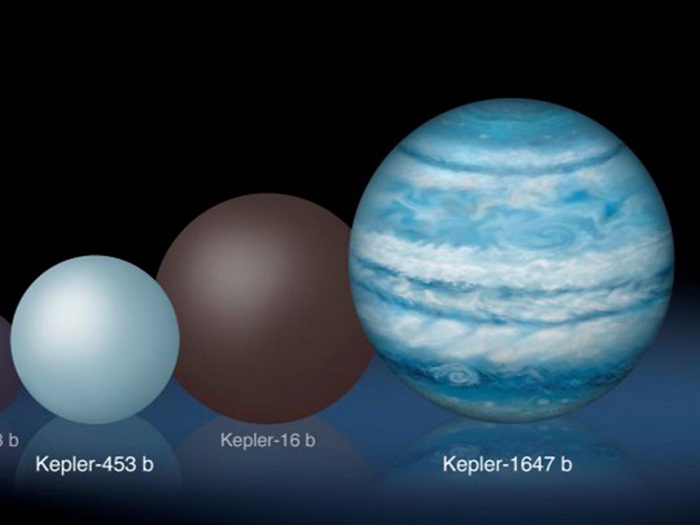New Jupiter-like planet discovered orbiting two suns, scientists announce

Jerome Orosz, study co-author, said: “It’s a bit curious that this biggest planet took so long to confirm, since it is easier to find big planets than small ones. But it is because its orbital period is so long.”
The planet takes just over three years (1,107 days) to orbit its host stars. It is believed that this is the longest transit of any exoplanet confirmed so far.
Co-author William Welsh said: “Finding circumbinary planets is much harder than finding planets around single stars. Habitability aside, Kepler-1647b is important because it is the tip of the iceberg of a theoretically predicted population of large, long-period circumbinary planets.”
In a statement, NASA said: “Like Jupiter, however, Kepler-1647b is a gas giant, making the planet unlikely to host life. Yet if the planet has large moons, they could potentially be suitable for life.
“Once a candidate planet is found, researchers employ advanced computer programs to determine if it really is a planet. It can be a grueling process.”















































